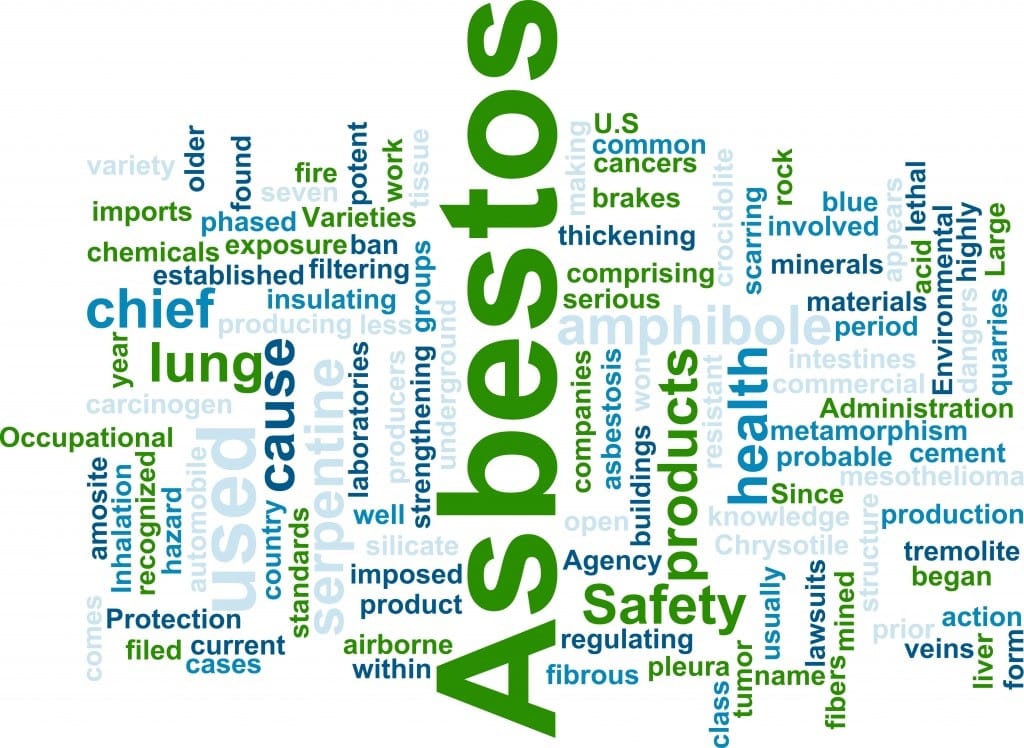
Toward the end of the 19th century, builders began making widespread use of a material that had been found to have wonderful properties useful in home construction. This material absorbed sound well and was a great insulator, it had great tensile strength, and was highly resistant to heat, fire, electrical, and chemical damage.
So what was this “miracle” material?
Asbestos.
For awhile, asbestos usage flourished wildly in construction and other applications, but then its negative properties were discovered. Because it is comprised of long fibrous crystals that can be inhaled by workers, household members and others, it can do serious damage to the lungs and other parts of the respiratory system. It has also been linked to various diseases and is safe to say that the wonder material of bygone years has now completely fallen from grace.
What is meant by Asbestos Abatement?
Even though asbestos production was halted in the United States in 1978, existing stores of the product could still legally be used up, so many homes and office buildings were still constructed with asbestos right up until 1986. When the broad range of negative health effects caused by asbestos became more universally known, many homeowners and business owners wanted their residences and offices tested for asbestos.
In those places where it had been used, there was a big push to have it replaced with a safer material or at least have the material neutralized in place. That initiative continues to this day, and it is known as asbestos abatement. Asbestos abatement by definition is the removal or reduction of asbestos where it is considered to be a health risk.
A deadly example
The trouble is, asbestos abatement is a process that is itself fraught with risks. By way of example, there is the well-known story of Briton Geoffrey Newton, who undertook to replace his central heating system, and as part of the project removed some white asbestos insulation surrounding it. During that task an entire cloud of white dust was emitted, much of which was breathed in by the unfortunate Newton. It was not long before he began experiencing respiratory issues, and in 2012 he was diagnosed with mesothelioma and died shortly thereafter. Exposure to asbestos need not be long or especially intense to cause major disruption to the human body.
Can Asbestos Abatement be managed safely?
Since asbestos is now known to pose such potent threats to human life and health, the removal or reduction of it from any building is very tightly regulated by various governmental agencies like the EPA and OSHA. Here are some of the restrictions related to asbestos abatement:
- The owner of any building where asbestos abatement is being undertaken is responsible for every action taken by contractors and other workers involved in the abatement process.
- Property owners are also responsible for determining how much of the asbestos material is to be removed from the building. In general, this will be the amount that can come in contact with humans – material that cannot affect humans is often disregarded.
- Any person working as a contractor in the performance of asbestos abatement must be a certified professional who is knowledgeable of the risks and skilled at taking necessary precautions for the avoidance of injury to self and others.
- Many towns and cities require the legal filing of documents regarding abatement activities, so that specific plans can be known in advance and reviewed.
Asbestos abatement is undoubtedly a hazardous prospect, but so is cleaning a nuclear waste site, and in both cases bold individuals volunteer to tackle the problem. The asbestos hazard must be addressed by cautious and highly skilled professionals so that the greater good is accomplished and buildings are made safe for human habitation.
Download a free copy of our Asbestos, Lead Paint & Mold eBook to learn how to mitigate the liability risks associated with common environmental threats found in residential properties.



